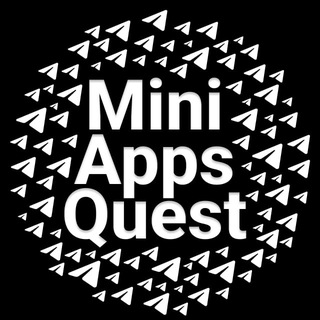Mini Apps Quest
123 subscribers
Exploring ideas and implementations of Telegram Mini Apps.
Created by @batanony. Feel free to reach out for discussion and collaboration 😉
Created by @batanony. Feel free to reach out for discussion and collaboration 😉
If you have Telegram, you can view and join
Mini Apps Quest right away.
Mini Apps Quest right away.
